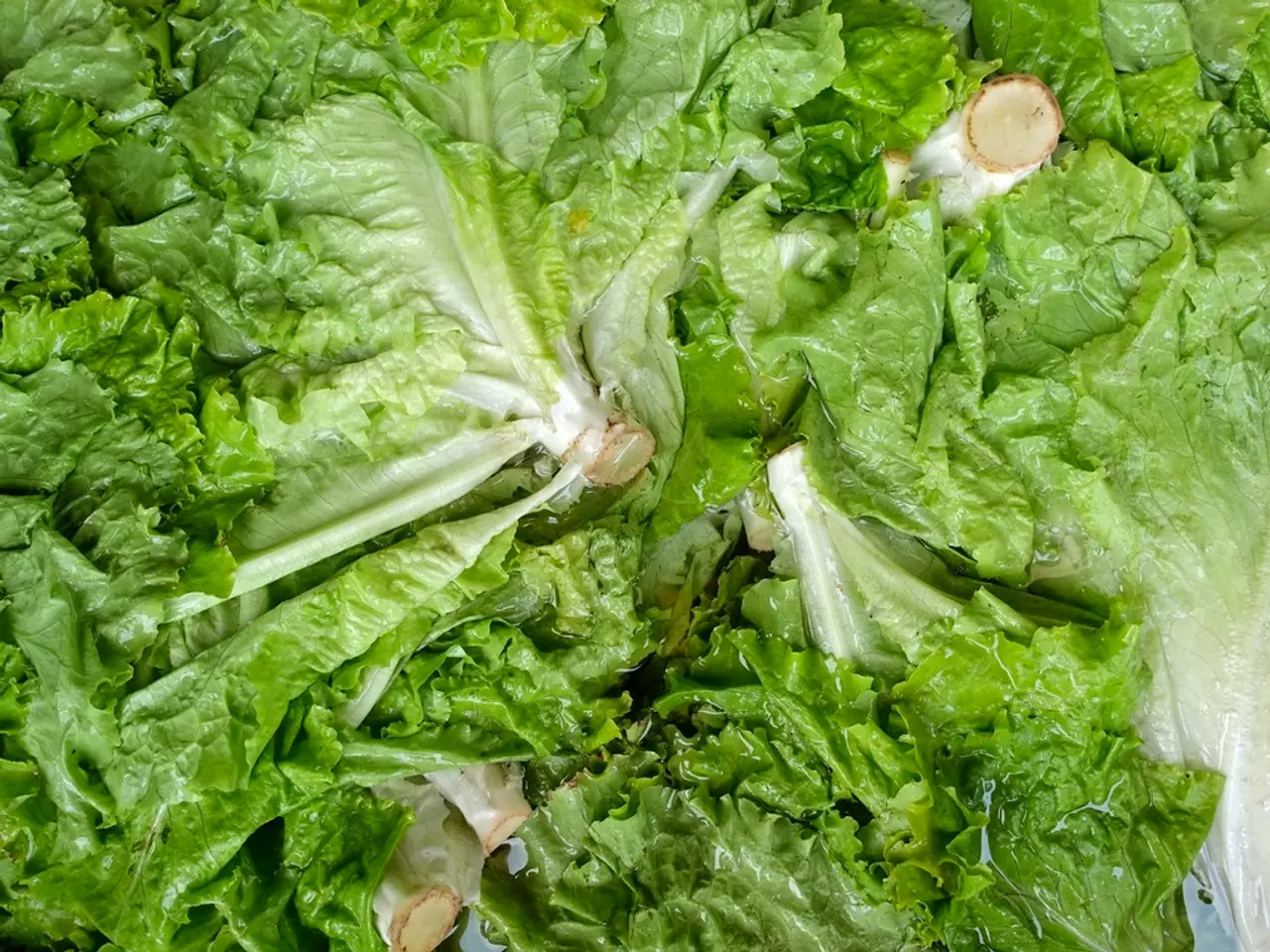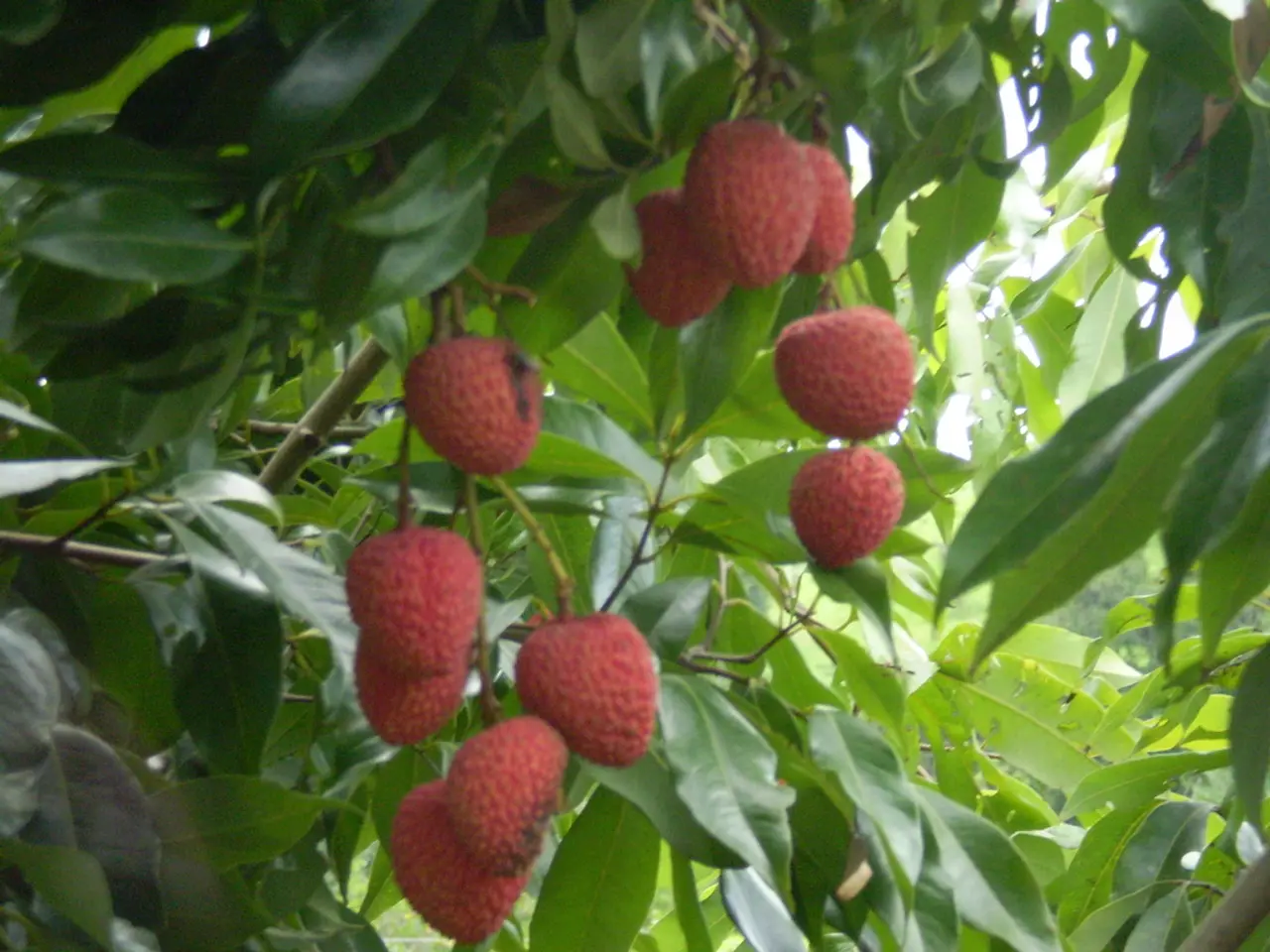Steps for Cultivating Celeriac Roots
Celery Root Crunch: A Gardeners' Delight for Long Harvests!
Want to add a unique flavorsome twist to your home garden? Step up your root vegetable game with celeriac, a seasonal powerhouse that's closely related to celery but boasts a swollen root with an unusual taste akin to celery, fennel, and aniseed! This versatile veggie excels in soups, stews, and as a tasty alternative to mashed potatoes.
Some folks find celeriac hard to grow, but don't let that scare you off! With the right care and planning, you'll be savoring those flavorful roots in no time. Here's a step-by-step guide on how to successfully grow your own celeriac crop in a long-season garden.
Spring Sow & Care
- Sow your celeriac seed indoors in pots or trays during spring, using a heated propagator for optimum germination. Alternatively, wait until mid-spring and sow seeds under cloches or in an unheated greenhouse.
- Plant the seedlings outdoors once the risk of frost has passed, spacing them 25-30 cm apart in rows positioned 30-45 cm apart. Avoid burying the crowns, and water well during dry periods or lighter soils.
- Keep the soil around the plants weed-free and well-watered throughout the growing season. A layer of organic mulch straight after planting can help retain moisture and prevent the soil from drying out.
As your plants mature, carefully remove the outer leaves to expose the crown of the root and allow it to develop. Celeriac is a moisture-loving plant, so ensure the soil remains moist but drains well.
Problem Solving:
Young seedlings may be at risk from slugs, so protect them accordingly. Other common issues include celery leaf miner or celery fly, which cause blisters on the leaves by tunneling. To combat these pests, remove affected leaves and burn them. Grow the plants under a fine net to protect them from further attacks.
Harvest & Store
Average Yield:1 large root per plant
Harvest the roots from October to March for best flavor. Use a fork to gently lift each root, and store in a cool, dry place until ready to use. Alternatively, leave the roots in the ground until needed and harvest as needed throughout autumn and winter.
For a long growing season, consider varieties like Giant Prague, Ibis, and Brilliant – all of which are vigorous and suitable for careful cultivation practices.
- Giant Prague: This time-honored variety offers immense potential for large roots, though it might be slightly more prone to bolting.
- Ibis and Brilliant: Both Award-winning varieties boast smooth skin, which makes preparation simpler and reduces peeling time.
For the best outcomes, start seeds indoors or under cover in early spring, allowing plants to mature fully before the first frost. Grow in rich, moisture-retentive soil and position them in sun or light shade for optimal growth. Embrace the unusual flavor and unique texture that celeriac brings to your home-grown root vegetable collection!
Spacing:30 apart
- To enrich your home-and-garden lifestyle and add a unique, flavorful vegetable to your home-grown collection, consider growing celeriac, a versatile veggie suitable for long-season gardens.
- For a successful home gardening project that results in large, delicious celeriac roots, consider planting The Giant Prague, Ibis, or Brilliant varieties in the spring, ensuring they receive the right care and conditions for a bountiful harvest.




